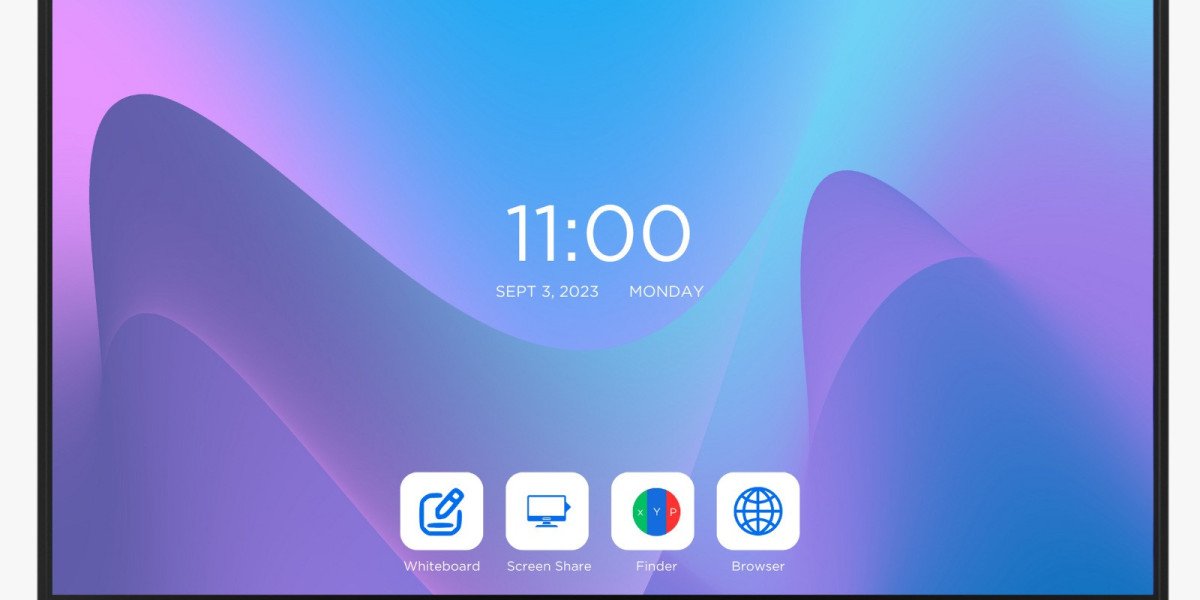Introduction:
In the rapidly evolving landscape of education, the integration of technology has become paramount. One of the most promising advancements is the adoption of digital boards in classrooms worldwide. Traditional teaching methods are being reimagined as educators harness the power of digital tools to enhance learning experiences. These digital boards, equipped with interactive features and multimedia capabilities, are reshaping the way students engage with content and teachers deliver lessons. As we navigate the digital age, it's crucial to explore how these innovations are shaping the future of teaching and learning.
The Rise of Digital Boards:
Digital boards, also known as interactive whiteboards or smart boards, are interactive displays that connect to a computer or tablet. Unlike traditional chalkboards or whiteboards, digital boards allow educators to incorporate a variety of multimedia elements into their lessons, including videos, images, and interactive software applications. This versatility opens up endless possibilities for engaging students and catering to diverse learning styles.
One of the key benefits of digital boards is their ability to promote active learning. With touch-screen capabilities and interactive features, students can actively participate in lessons by solving problems, manipulating virtual objects, and collaborating with their peers in real time. This hands-on approach not only enhances student engagement but also fosters critical thinking and problem-solving skills.
Moreover, digital boards facilitate personalised learning experiences. Teachers can tailor their lessons to meet the individual needs of each student, providing additional resources or adjusting the pace of instruction as needed. This level of customization ensures that every student has the opportunity to succeed, regardless of their learning preferences or abilities.
Transforming Teaching Practices:
The integration of digital boards is also transforming teaching practices. Educators are no longer confined to traditional lecture-based formats but are instead embracing more interactive and dynamic teaching methods. With access to a wealth of digital resources and online tools, teachers can create multimedia-rich lessons that cater to the diverse needs of their students.
Furthermore, digital boards promote collaboration among teachers by enabling the sharing of resources and lesson plans across schools and districts. Educators can collaborate on curriculum development, share best practices, and support each other in implementing innovative teaching strategies. This collaborative approach not only enhances the quality of education but also fosters a sense of community among educators.
Conclusion:
As we look to the future of education, digital boards stand out as a powerful tool for enhancing teaching and learning experiences. By integrating technology into the classroom, educators can create dynamic and engaging lessons that inspire curiosity, foster creativity, and promote active participation. Moreover, digital boards empower students to take control of their learning journey, allowing them to explore concepts in-depth, collaborate with their peers, and develop essential skills for success in the digital age. As we continue to embrace the potential of digital technology in education, the possibilities for innovation are limitless, promising a brighter future for students around the world.
People also read https://promark.co.in/interactive-flat-panel-display/
 AdBlock Detectado
AdBlock Detectado








